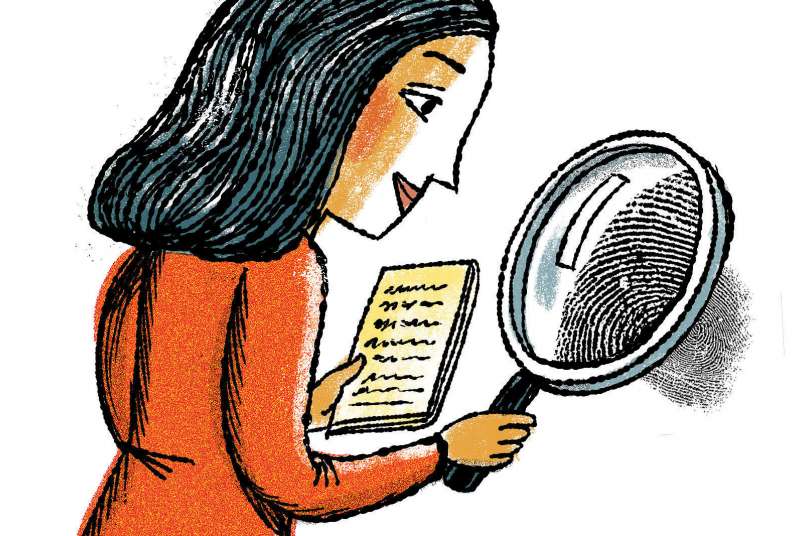
Exoneration
As a second-year law student at the University of Michigan, Desai joined the school’s Innocence Clinic, hoping to help overturn wrongful convictions. On her first day, Desai uncovered a key piece of evidence that helped free a man after two decades behind bars.
Desai and a fellow student were assigned to the case of Lamarr Monson, who had been convicted in 1997 of murdering a 12-year-old Detroit girl. When Desai got the case, Monson was still languishing in prison, even though a witness had told police three years earlier that her ex-boyfriend committed the murder—and despite a bloody print from the scene matching that of the ex-boyfriend, not Monson. With the clinic director, Desai and a law school classmate decided to reinspect the toilet tank lid on which the original print had been found. They located a new print that also matched the other suspect, then convinced prosecutors to retest the lid. “When we first saw the print it was a little surreal because it was our first day on the case,” says Desai, who at Dartmouth ran the Prison Project, which offers education and recreation programs at a local men’s minimum security prison. “We didn’t realize the full impact of it until later.”
In total, investigators identified nine prints that matched the other suspect. Monson, freed in February, will face a new trial on the same charges this fall. “A lot of the reasons why people are wrongfully incarcerated stem from broader problems that plague the criminal justice system,” says Desai, who plans to clerk for a federal judge in New Mexico after graduation. “I hope being able to highlight those through our work results in correcting those problems.”










